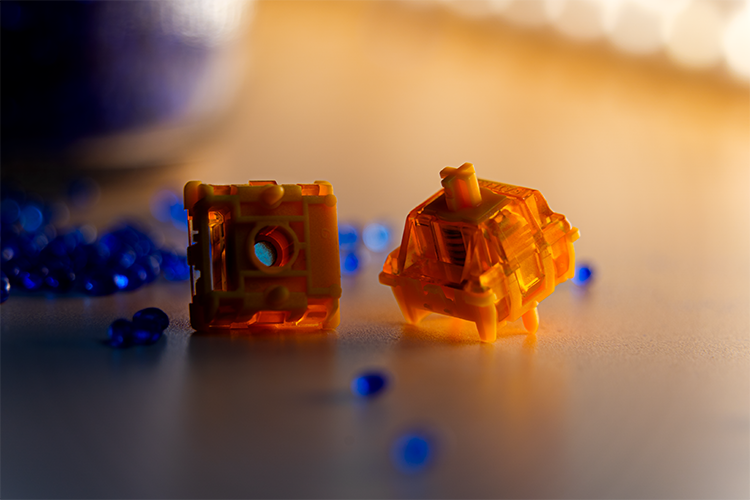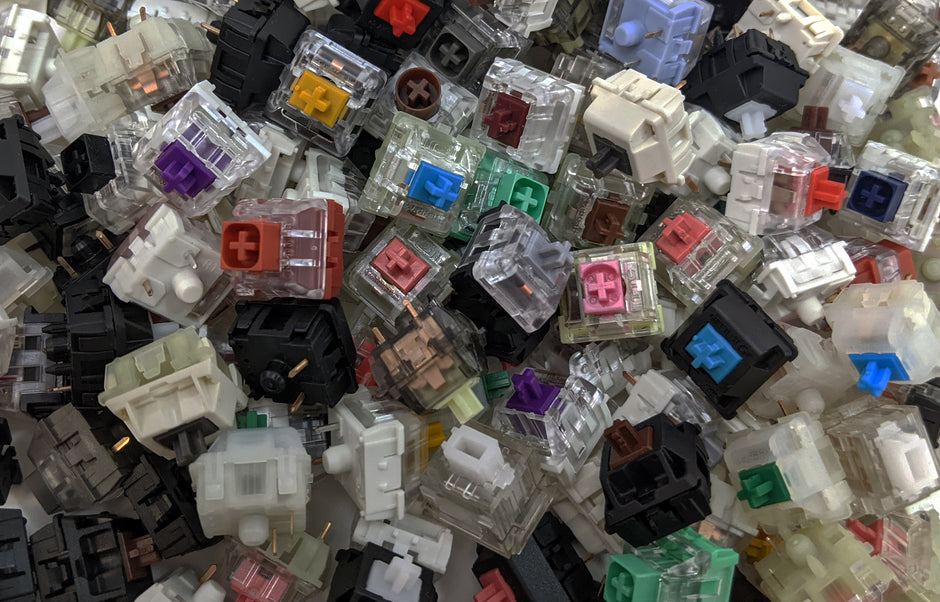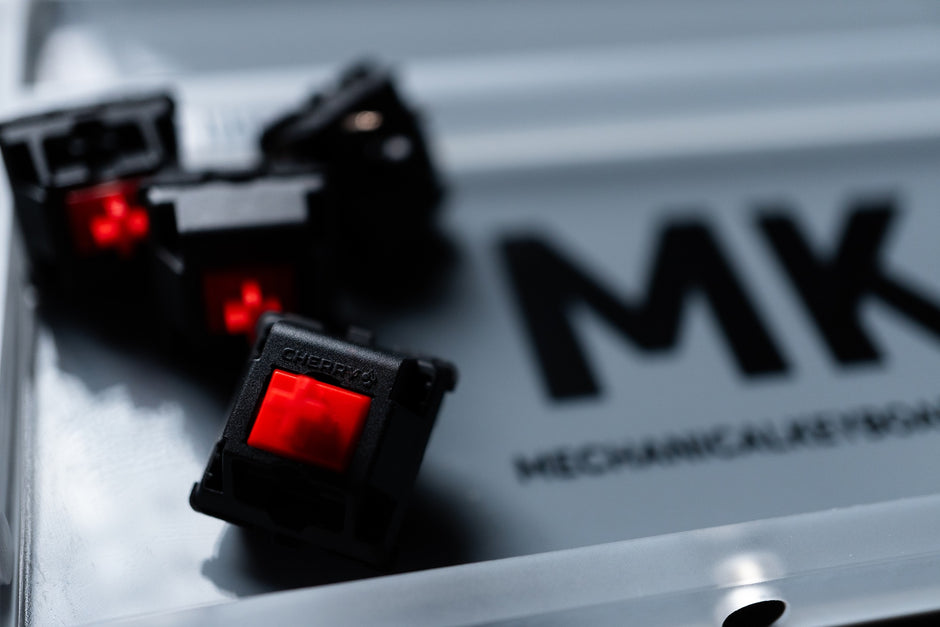What is a Mechanical Switch?
A mechanical switch is a type of electrical switch that is actuated by physical means, typically by pressing down on a button or key. Unlike membrane switches, which are commonly found in cheaper keyboards and have a mushy feel, mechanical switches offer distinct tactile feedback and audible clicks, providing users with a much more satisfying typing experience.
How Do Mechanical Switches Work?
The anatomy of a mechanical switch consists of several key components:
- Actuator: This is the part of the switch that you physically press down on. It can be a keycap on a keyboard, for example, or a button on a mouse.
- Stem: The stem is connected to the actuator and moves up and down as the actuator is pressed.
- Spring: Beneath the stem, there is typically a spring that provides resistance when the switch is pressed.
- Contacts: When the switch is pressed, metal contacts within the switch come into contact with each other, completing the circuit and registering a keypress.
- Housing: The housing holds all the components of the switch together and provides stability.
When you press down on a key, the stem moves downwards, compressing the spring and causing the contacts to touch, which sends an electrical signal to the device. When you release the key, the spring pushes the stem back up, separating the contacts and breaking the circuit.

Types of Mechanical Switches:
There are several different types of mechanical switches, each with its own unique characteristics:
- Clicky Switches: These switches produce an audible click sound when pressed, providing tactile and auditory feedback.
- Tactile Switches: Tactile switches offer a bump or tactile feedback when the actuation point is reached, but they do not produce a click sound.
- Linear Switches: Linear switches have a smooth keystroke without any tactile bump or audible click.
-
Silent Switches: Silent switches are designed to minimize the noise produced during typing. They usually have a soft material that dampens the sound of the switch actuation and bottoming out, making them ideal for office environments or shared spaces.
Why Do Mechanical Switches Matter?
The choice of switches can significantly impact the user experience. Mechanical switches offer several advantages over membrane switches, including:
- Durability: Mechanical switches are extremely durable and will withstand millions of keypresses, making them ideal for heavy-handed typists and gamers.
- Customization: With mechanical keyboards, users can often swap out switches to customize the typing feel to their preference.
- Typing Experience: The tactile feedback and audible click of mechanical switches enhances typing speed and accuracy.
- Gaming Performance: In gaming, the precise actuation and tactile feedback of mechanical switches provides a competitive edge, allowing for faster response times and more accurate inputs.
Conclusion
Mechanical switches may seem like a small component in the grand scheme of technology, but their impact on user experience cannot be overstated. From enhancing typing speed and accuracy to improving gaming performance, mechanical switches play a crucial role in how we interact with our devices.
The next time you press a key on your keyboard or click a button on your mouse, pause for a second and think about all the intricate mechanics at work beneath your fingertips!







